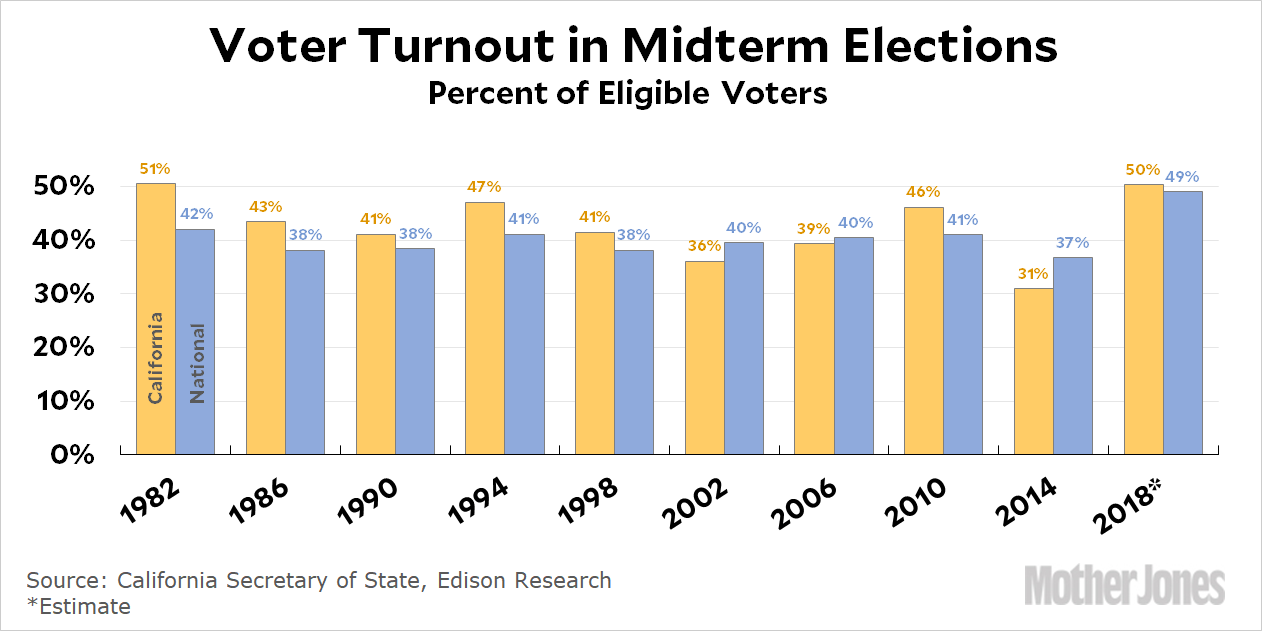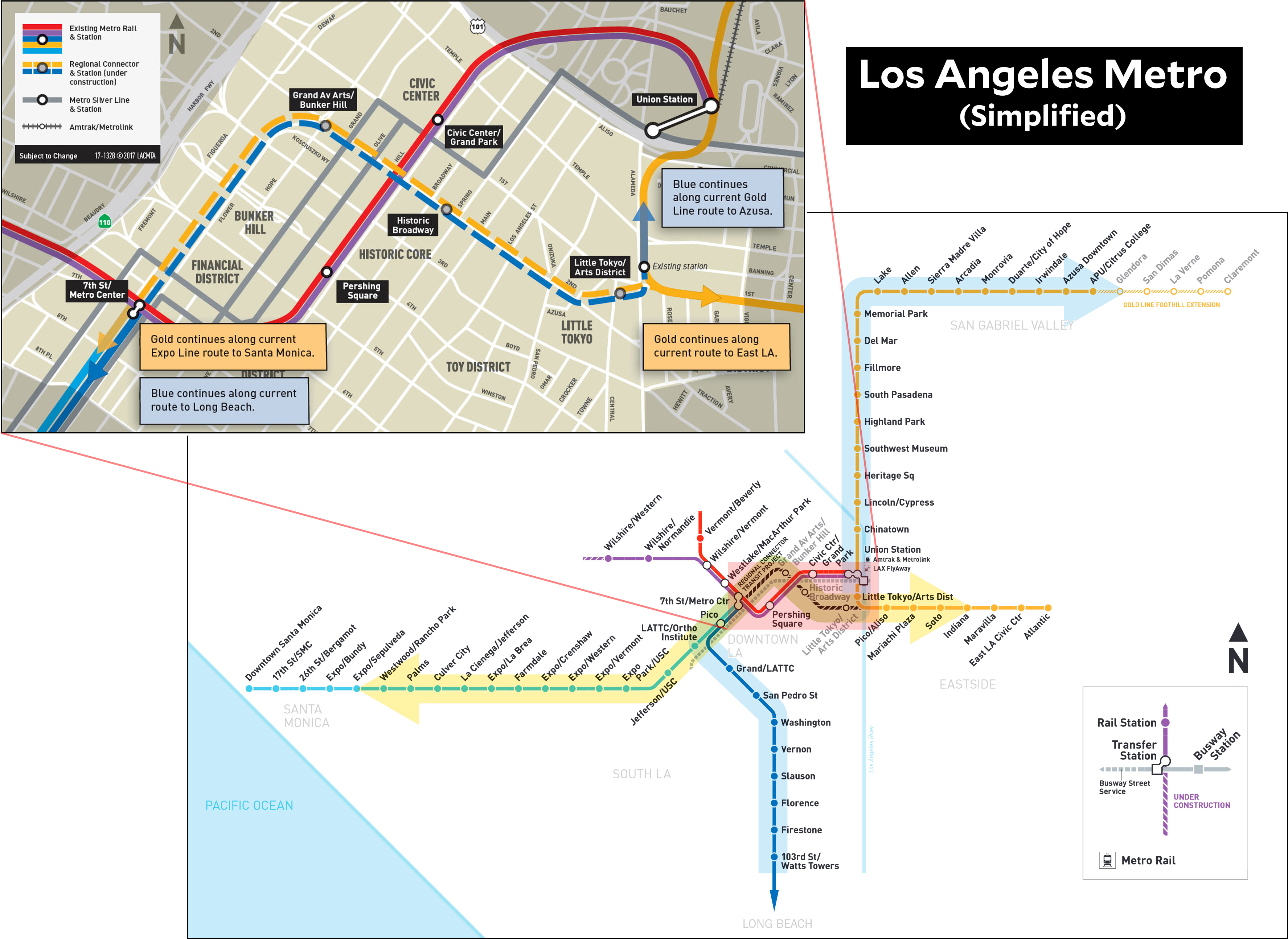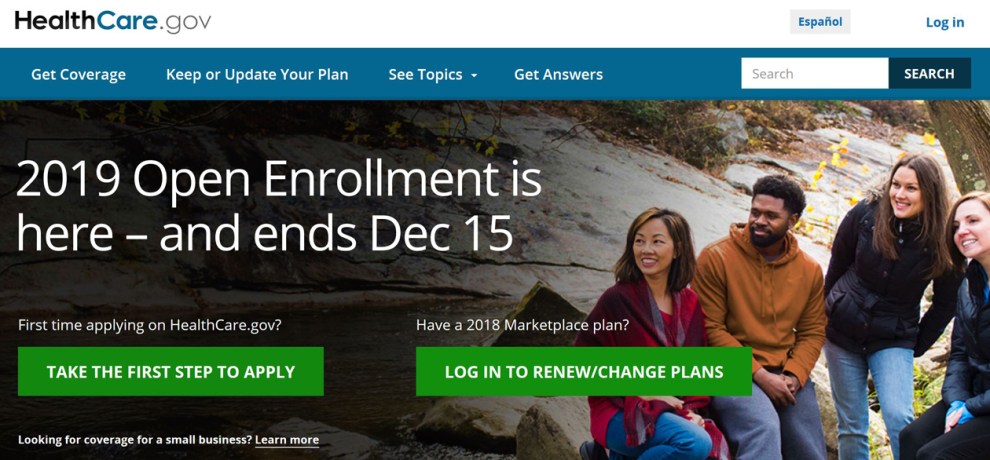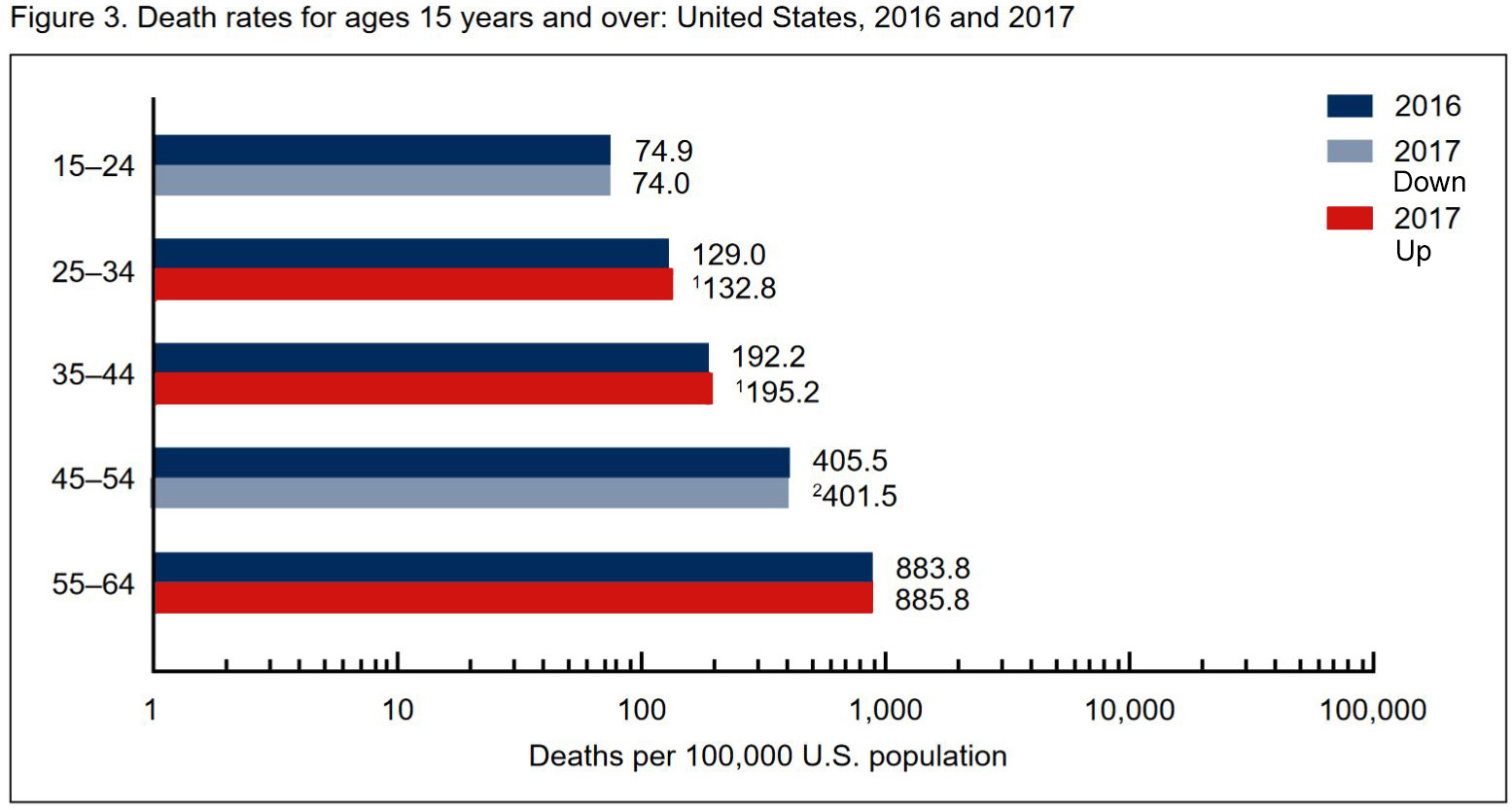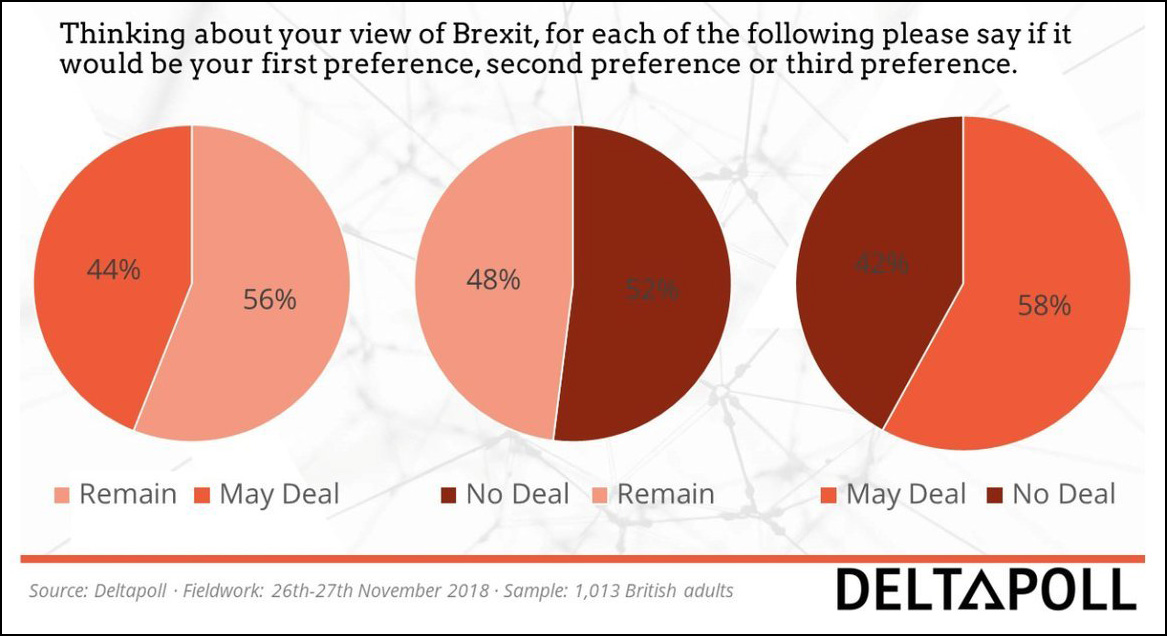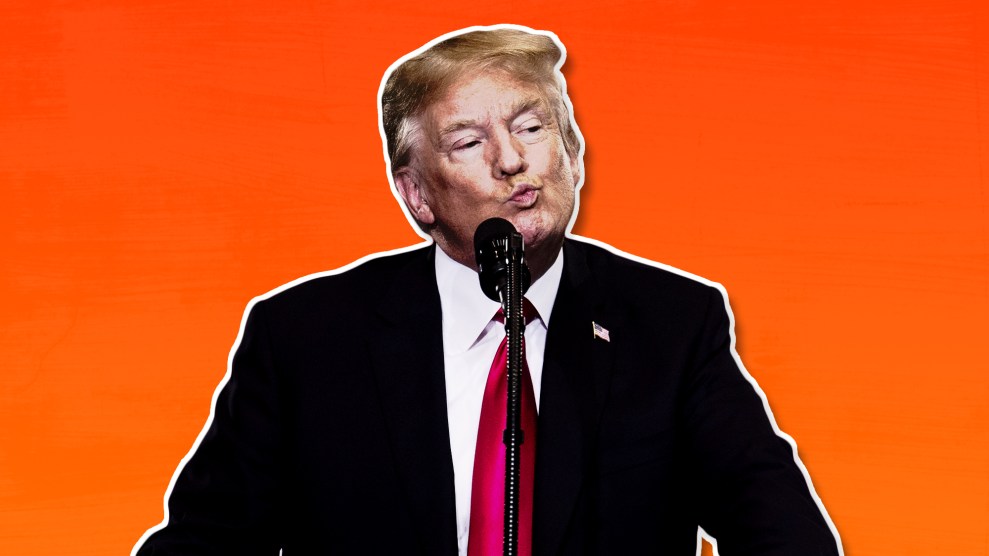
Brian Cahn/Zuma Press
Donald Trump has apparently forgotten that his previous story about Russia was very simple: he had no business ties at all, not in any way, shape, or form.
….Lightly looked at doing a building somewhere in Russia. Put up zero money, zero guarantees and didn’t do the project. Witch Hunt!
— Donald J. Trump (@realDonaldTrump) November 30, 2018
Ah yes, just some light looking around. “Somewhere” in Russia.
The New York Times has a good roundup of just how non-light Trump’s interest in a Moscow version of Trump Tower has been over the years. It’s still not treason, and probably not even illegal, but it’s sure not a good look for someone who was running for president. Trump now claims that “everyone knew” all along about his pursuit of a Russia deal, but the truth is that he did everything possible to keep it secret during the campaign. Robert Mackey provides the real story:
The existence of such a project, which was being negotiated in secret during the entire span of the Republican primary campaign — from at least October 2015, when Trump signed a letter of intent with a Russian developer, through January 2016, when [Trump lawyer Michael Cohen] called an aide to Putin’s spokesman, until some time after Trump secured the nomination in June — was not known about or reported at the time. There was no indication in the outline of Cohen’s confession sketched out by Special Counsel Robert Mueller on Thursday as to why the proposed deal was dropped, but the timeline might offer a clue. Cohen suddenly backed out of a trip to Russia arranged by the Kremlin on the afternoon of June 14, 2016 — about three hours after the Washington Post revealed that Russian hackers had penetrated the servers of the Democratic National Committee and stolen documents related to the election.
Cohen, of course, has admitted to lying to Congress when he said that Trump’s involvement with any kind of Russia deal had ended by January 2016—before the Iowa caucuses. In reality, his involvement continued throughout the entire primary. Thursday’s news also provided us with this bizarro tidbit reported by BuzzFeed:
President Donald Trump’s company planned to give a $50 million penthouse at Trump Tower Moscow to Russian President Vladimir Putin as the company negotiated the luxury real estate development during the 2016 campaign, according to four people, one of them the originator of the plan.
There’s no telling if Trump himself had any idea this was being discussed, or if it was just a meathead idea ginned up by Trump’s friends. My own personal guess is this: Trump himself had very little to do with any of this. What’s more, he was smart enough never to do anything illegal. His idiot son Don Jr., however, is a different story. Legal stuff becomes illegal when you lie about it to, say, Congress or the FBI, and I wouldn’t be at all surprised if Don Jr. did that. This accounts for a big part of why Trump is so frantic about this whole thing. Aside from the obvious political poison of it, he’s afraid—or perhaps even knows—that Mueller has the goods on his boy.
This whole affair is both tragedy and farce at the same time. Either way, though, it seems like it’s finally nearing a climax. Stay tuned—though I doubt that’s advice anyone needs at this point.

